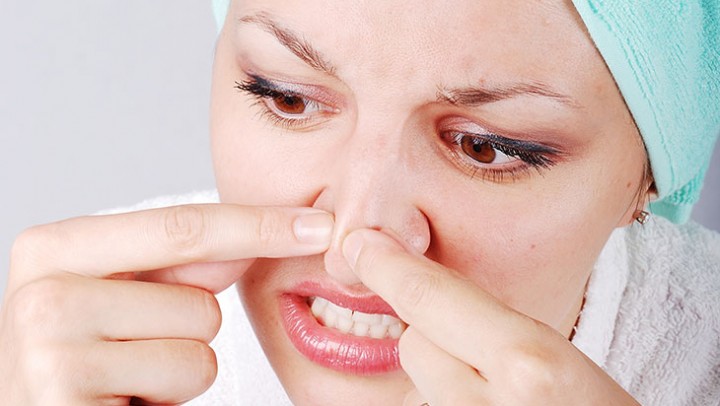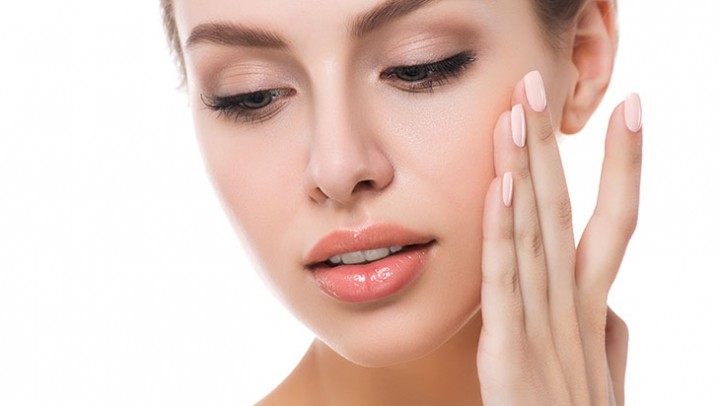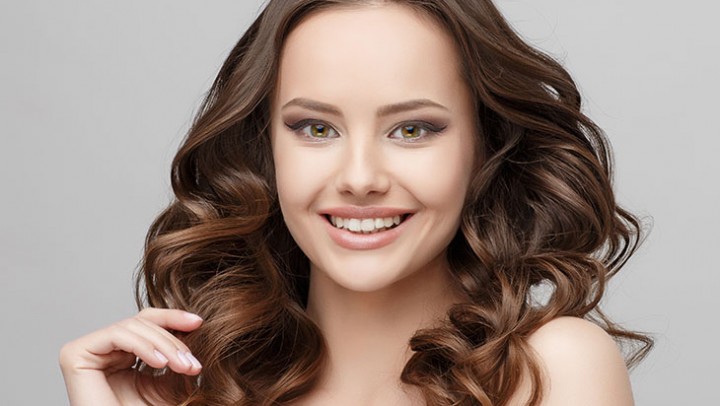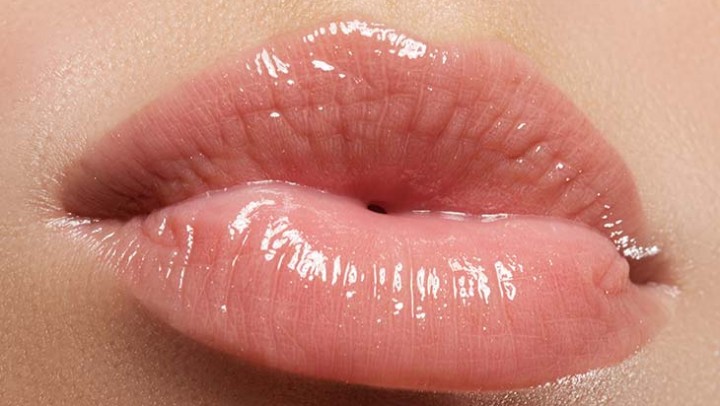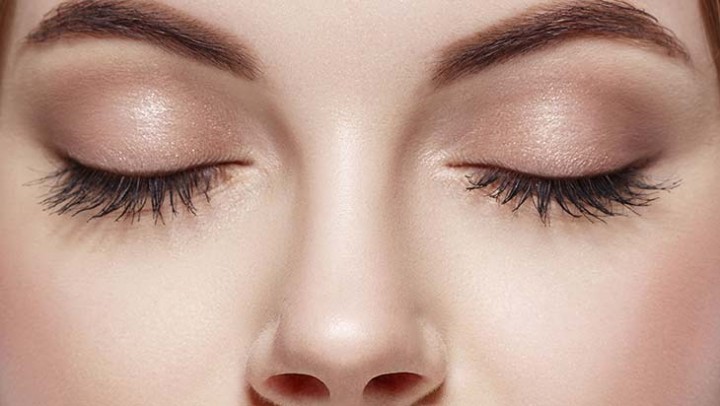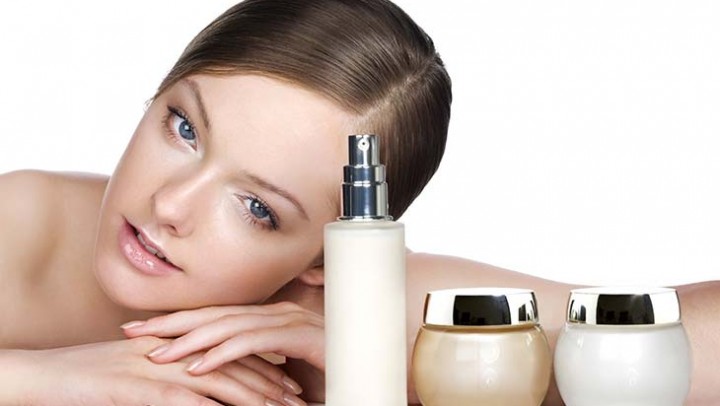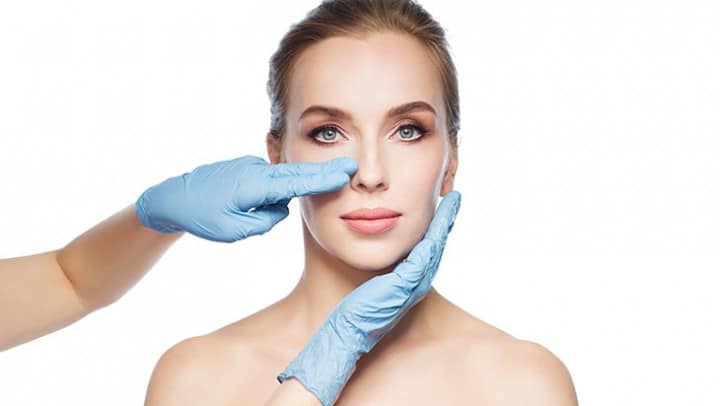
Is Hardened Skin after a Rhinoplasty Normal?
Most people know to expect soreness and swelling after their rhinoplasty surgery, but one particular after-effect often takes patients by surprise. A few weeks after surgery, many patients are shocked to discover that the skin on their nose, especially around the tip of the nose, feels hard or firm. While not all patients experience this phenomenon, it is a relatively common, but rarely permanent, side effect of rhinoplasty surgery.
What Causes Hardened Skin after Rhinoplasty?
There are two major reasons for the skin on the nose to feel hard after rhinoplasty, but neither has to do with the skin itself. The hardness does not actually reflect a change in the skin, but rather the tissue underneath.
Edema (swelling caused by liquid under the skin) is the most common cause of hardness in the months directly following surgery. Built up scar tissue, however, does not fade so quickly, causing long term, even permanent, feelings of hardness. These two things generally cause a greater feeling of hardness for patients who already had thick skin on their nose.
How Long after Surgery Does Hardened Skin Last?
While the sensation of hard-feeling skin can be off-putting for patients, this hard skin is typically neither visible nor permanent. The nose, especially the tip, will remain hard for several months after surgery, after which the tissue will begin to soften as the remaining swelling fades. It will, however, not reach full softness until about a year after surgery.
It is recommended that patients wait one to two years after their rhinoplasty before seeking treatment for their hardened tissue or a revision rhinoplasty because tissue may soften, results can change during this time period, and surgical techniques are more difficult when the surgeon has to work around hard scar tissue.
Treating Persistent Hardened Skin
If you still experience hardened skin two or more years after your rhinoplasty, there are several treatment options. The two most common are steroid injections and revision rhinoplasty. The medication in steroid injections is very successful in breaking down scar tissue and is not particularly invasive.
Revision rhinoplasty, on the other hand, requires the surgical removal of built up scar tissue. This allows for more extensive changes than steroid injections and allows the surgeon to address any cosmetic issues the patient has after their surgery; but if not conducted in a delicate manner, revision rhinoplasty can lead to even more build up of scar tissue.
For this reason, it is important that the patient choose a skilled doctor with ample experience in detailed rhinoplasty surgery. Patients should always look at their prospective surgeons’ patient reviews and before and after photos to ensure that their surgical experience will leave them with the results they want.
Preventing Hardened Skin
Unfortunately, there is little the patient can do themselves to prevent hardened skin after their rhinoplasty surgery. However, the right plastic surgeon can minimize hardness by minimizing swelling and scar tissue, so it is important that the patient takes the time and effort to carefully select an experienced plastic surgeon. This is also true, perhaps even more so, for patients seeking a revision rhinoplasty, as hard scar tissue complicates the surgical process.
Dr. William J. Binder
Dr. William J. Binder is one such surgeon whose office is conveniently located in Beverly Hills. Not only is Dr. Binder skilled and experienced, he’s a facial and reconstructive plastic surgery specialist, and one of the world’s leading plastic surgeons; he has multiple patents, extensive published works, and board certifications from both the American Board of Facial Plastic and Reconstructive Surgery and the American Board of Otolaryngology and Head and Neck Surgery.
Whether you want your hardened skin treated, or are planning an initial rhinoplasty procedure and hope to avoid hardened skin altogether, Dr. Binder is heads above the rest. Contact his office today to schedule your consultation.

